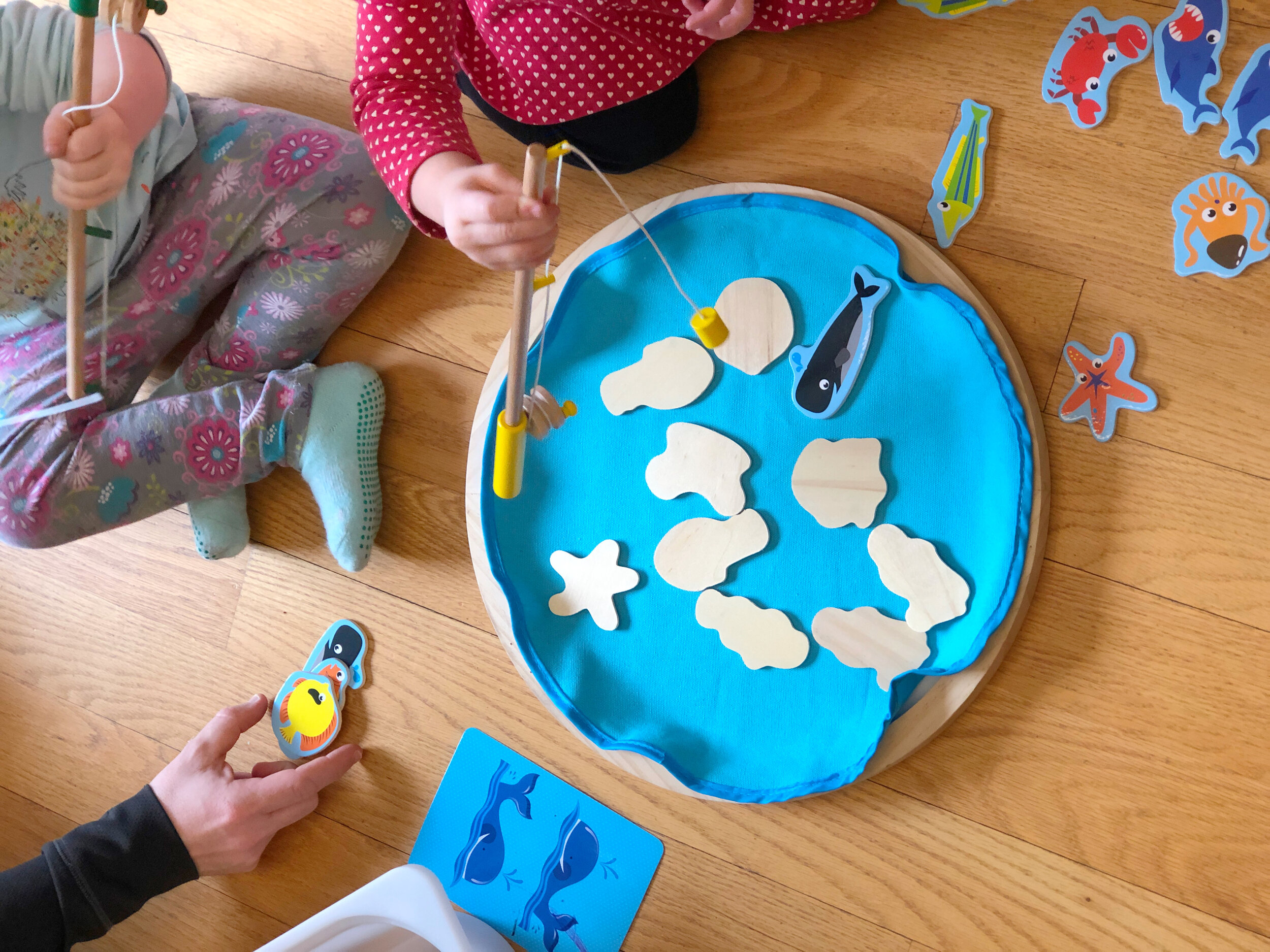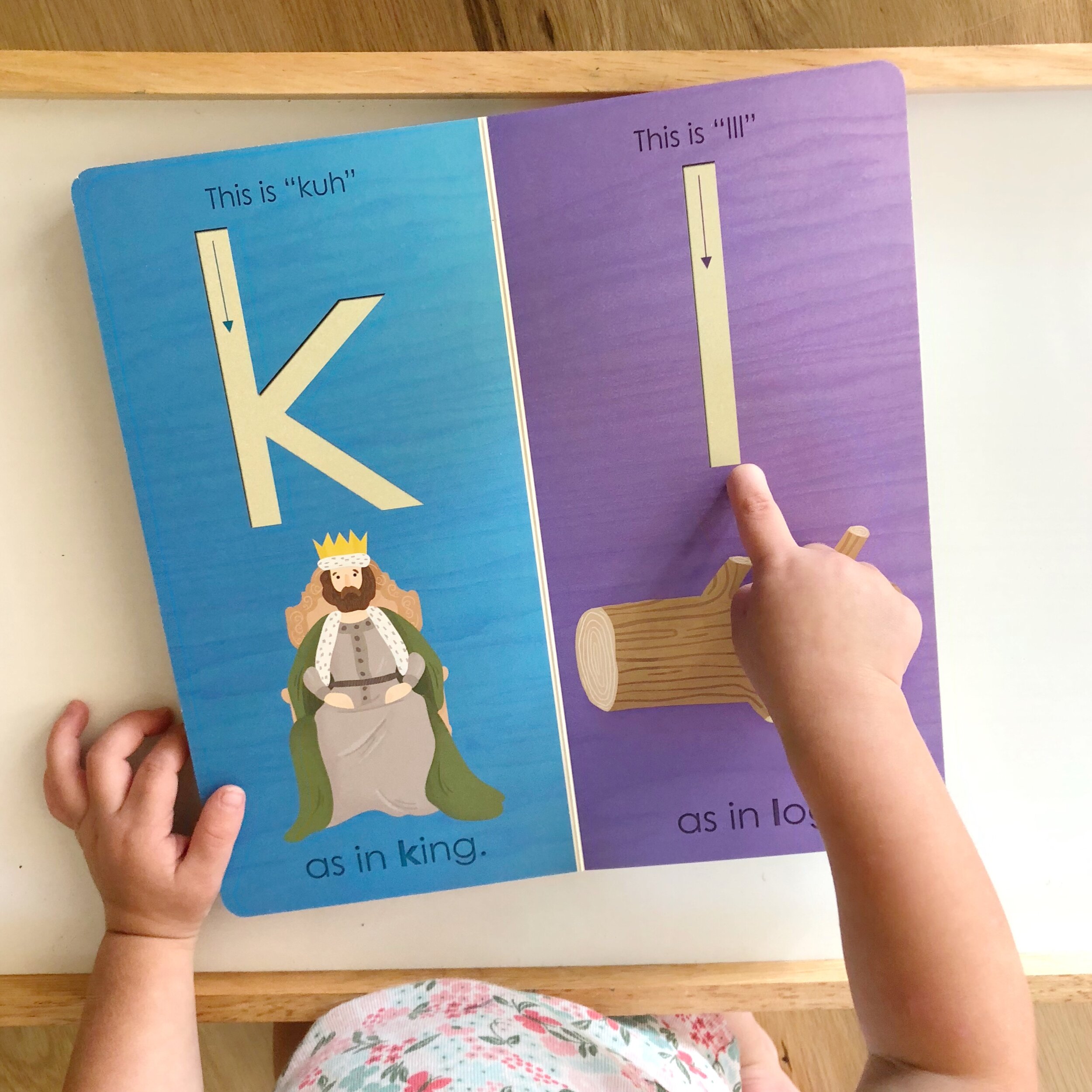Practical Advice for First-Time Homeschoolers
Educating kids at home definitely comes with a steep learning curve. One experienced family shares their best strategies to find a comfortable daily rhythm, stay on top of schoolwork, and experience the joy of togetherness.
Read on to learn how the concepts of play, prepared environments, and pacing can help make homeschooling doable and even fun!
Play
Children learn by playing, from birth through early to middle elementary and even beyond. That's good news for parents who are worried about teaching the formal homeschooling curriculum that will be sent home by schools. It doesn't mean schoolwork should be ignored, but it does mean your child can practice fractions with segments of an orange, learn about layers of the planets by building Lego models of Earth, and act out the stories you read together over lunch. This gets kids more excited to do their schoolwork.
A tip for new homeschooling parents: Keep the projects very simple and use whatever materials you have in your house!
The other good news about this is that you can let your children play independently. They are learning when they’re playing, and you're giving yourself space to take a break or take care of other things.
Pacing
Homeschooling is super demanding. Pacing yourself is essential to surviving each day and to sustaining the situation for a long time to come. This means goals should be attainable, complicated projects should be kept to a minimum, and kids and parents should take frequent breaks throughout the day.
Taking breaks is tricky when one adult is responsible for a child, or multiple children, for several hours in a row. All workdays naturally include pressure points, or times that are more difficult. In homeschool families, these times are typically at mealtimes, anytime people are trying to get out the door or re-enter the homeschool, before and after naps, and at bath and bedtimes.
Here are some creative ideas for setting a manageable pace that provides adequate educational time and sufficient breaks for caregivers and children:
Likely only a couple hours a day need to be devoted to schoolwork. Breaking those hours into smaller chunks can feel less daunting.
Do read-aloud time snuggled up in a big family bed or during bath time.
If kids can safely play outside alone, take advantage of this time to take a break indoors or out.
Use screen time for educational and wholesome programming or Skype with family and friends.
Serve simple meals that combine easy main dishes with healthy sides (e.g., frozen veggie pizza with sliced apples or grilled peanut butter and jelly with steamed broccoli).
Prepared Environment
Preparing a homeschool environment is important and it doesn’t have to be hard or time-consuming. Space for kids and parents to do work just needs to be tidy and welcoming. No Instagram-worthy desk area required.
Each evening, caregivers can do a quick half-hour prep of the space for the next day by cleaning up and setting out materials. When kids show up to learn the next morning, the materials will invite them to learn and play, so parents can stick to the slow and easy pace they have set.
Examples of materials you can prepare the night before include:
Bowls of shells, rocks, or flowers with a magnifying glass and a stack of reference and picture books on nature, spring, etc.
Connect-the-dots printables with glitter pens and playdough with number-shaped cookie cutters
Stuffed animals and dolls having a picnic with board books about sharing
Memory books or puzzles alongside math books
Math or writing practice copied onto a chalkboard
A simple breakfast trail mix bar and written recipe combos on colored cue cards
Sample Homeschool Schedule
Early Morning
Starting your day slow will be a huge help if you are new to homeschooling. Consider a long, relaxed breakfast/brunch with reading aloud, prayers/poetry, and lots of low-tech play (dominos, puzzles, magnetic maps, musical instruments, dollhouse, etc.). This is a good time of day to offer age-appropriate formal learning materials if your children's teacher has sent some home.
If your kids get up at different times and your ratio of adults to kids is a little better as a result in morning, this is a great time to take a shower, get dressed, drink coffee, listen to music, or whatever else you need to do to charge yourself up for the workday.
Mid-to-late morning
Get out of the house if you can! Go on a nature walk or outdoor playtime. Homeschoolers, like everyone else, will suffer from not being able to engage in extracurricular activities. You might also be able to do online classes or lessons and Skype with grandparents. But getting outside before lunchtime is usually critical for most homeschoolers.
Lunchtime to Mid-Afternoon
A recharge time. Younger kids may nap while older kids do quiet play or enjoy whatever screen time your family views as educational or wholesome. This is a time for adults to eat lunch, rest, and probably take care of chores like laundry and phone calls. Use a little bit of time to think about the remainder of the day. If you prepare an independent learning activity for the afternoon, you can then transition your child to it or just do some more read-aloud books.
Mid to Later Afternoon
This tough part of the day is when people still need stimulation but don't have a lot of energy. A small project can help (Left Brain Craft Brain is a favorite place to turn for DIY projects), but you can also pull out Legos or magnetic tiles, paint in Ziploc bags, use connect-the-dot pages, look at books with music buttons, or play with whatever you have on hand.
Snacks help! Going for a short walk or playing in the yard can really recharge people at this point in the day. We even sometimes just get the mail to change our mood and mindset.
Evenings
Spend time recharging yourself again. You could even print out this infographic (50 Ways to Take a Break) and try a new one each week.
Once you feel a little more refreshed, give some thought to your next morning and day. If you prepare your environment even just a little for the morning, it goes a long way toward an easier start and a ton of early-morning learning.
It's also a great idea to write down what you'll be doing for a few days at a time in a place where your child can look it up, like a chalkboard or whiteboard or just in a notebook in an accessible place. This gives them a sense of predictability and also the joy of anticipation. For older children, you could use a calendar to organize this information. Very young children enjoy looking at a picture of what they'll be doing the next day. This can be as simple as drawing a soccer ball for your morning activity, a sandwich with carrot sticks for lunch, and a book for the afternoon.
Give yourself (and your partner or other caregiver, if you are sharing the load!) a huge air five for surviving the day! Your child has learned so much just by playing, by hearing your voice all day, and by participating in the life of your home.
Author:
Riva Binks is a full-time homeschooling educator, writer and Registered Holistic Nutritionist. She has a PhD in Sociology from Carleton University in Canada.



